After helping SpaceX enter a new era of routine rocket reusability, the very first Falcon 9 Block 5 booster is officially nothing more than bits, pieces, and a few artificial reefs at the bottom of the Atlantic Ocean — intentionally destroyed to give SpaceX the confidence it needs to soon launch astronauts.
Captured on camera by Teslarati photographer Richard Angle, the upgraded Falcon 9 booster was able to give one last spectacular hurrah prior to its even more spectacular demise, returning fire to Kennedy Space Center (KSC) Launch Complex 39A for the first time in more than half a year. Lacking landing legs and grid fins, visible instead as comically stark outlines on the booster’s sooty exterior, Falcon 9 B1046 lifted off for the fourth and final time on January 19th, 2020.
In doing so, B1046 became the third orbital-class booster ever to fly launch four separate missions — a more than fitting end to the first in a line of upgraded Falcon 9 rockets that have brought with them major improvements in reusability and reliability. Nevertheless, a little over 90 seconds after lifting off for the fourth time, Falcon 9 B1046 – left behind after Crew Dragon successfully escaped the (simulated) failing rocket – yielded under intense off-nominal stresses, rupturing the booster’s propellant tanks and creating a vast fireball at least 300 meters (1000+ ft) in diameter.
Powered by nine Merlin 1D engines and capable of producing up to 7600 kN (1.7 million lbf) of thrust, Falcon 9 B1046 was extensively tested at SpaceX’s McGregor, Texas development facilities over a period of two or so months – unusually lengthy. The extra time was used to make sure that the first completed Block 5 booster – representing an almost clean-slate upgrade of the Falcon rocket family – was agreeing with SpaceX’s engineering models and expectations at all points.
The company likely spent several weeks or more performing numerous wet dress rehearsals (WDRs) — filling Falcon 9 B1046’s propellant tanks with liquid oxygen, refined kerosene (RP-1), helium, and nitrogen and verifying that the rocket was structurally sound and functioning smoothly. Once complete, SpaceX moved onto static fire testing, igniting the booster’s M1D engines for increasing periods of time. Finally, the company wrapped up the rocket and shipped it by road from Texas to Florida.
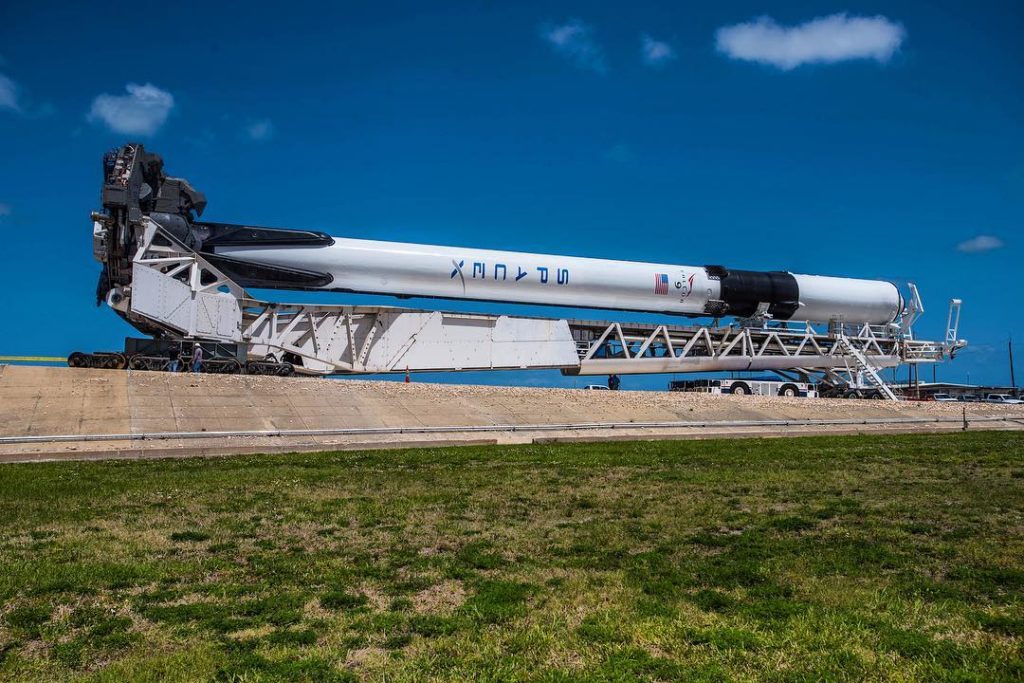
Shortly thereafter, the rocket was quickly prepared for flight and became the first Falcon 9 Block 5 booster to successfully launch and land in May 2018. Over the course of 2018, SpaceX debuted another five Block 5 boosters, while Falcon 9 B1046 became the first Block 5 booster to launch both twice and three times in August and December.
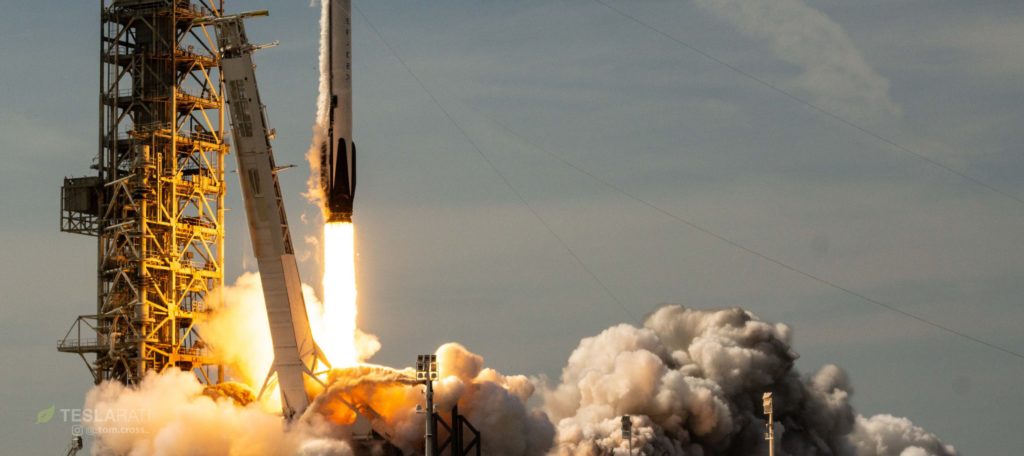
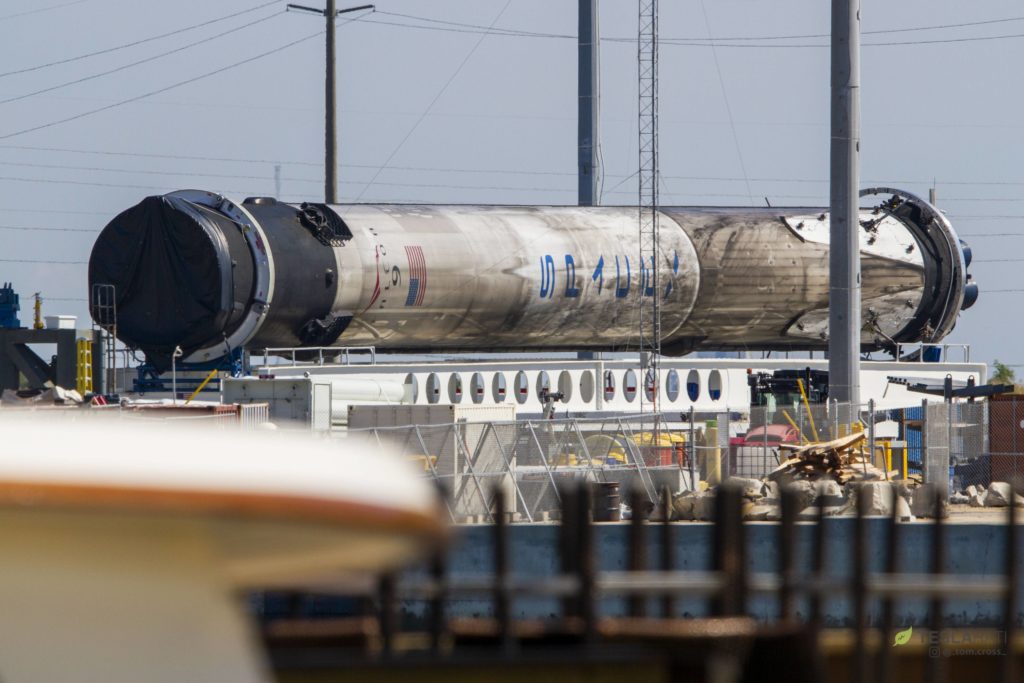
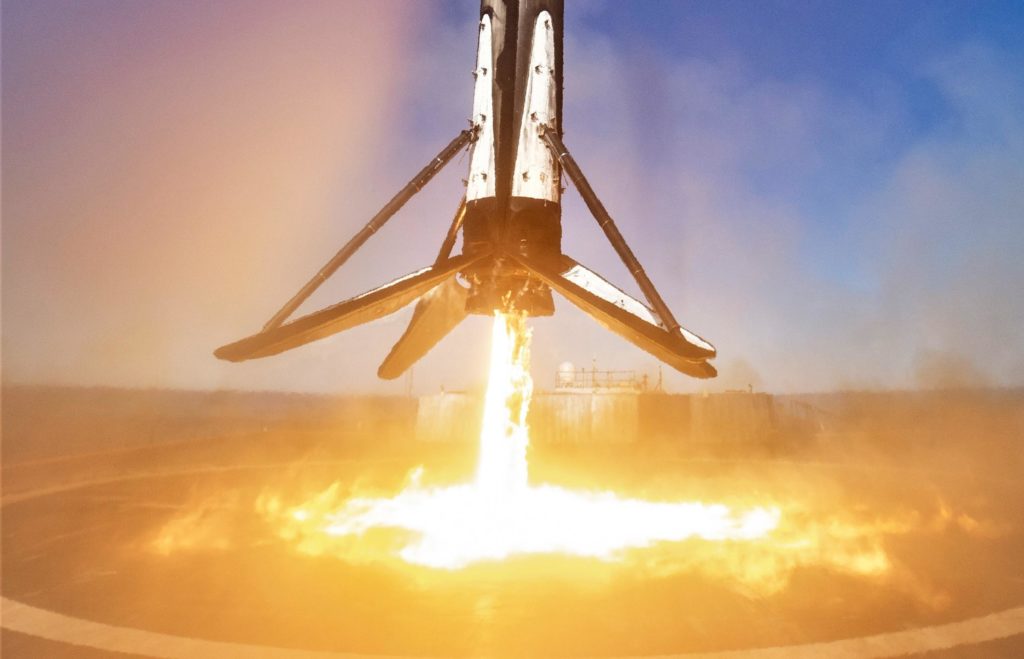
Finally, on January 19th, 2020, Falcon 9 B1046 lifted off for the fourth and last time, becoming the third SpaceX booster to do so in barely two months. Fittingly, B1046’s last launch occurred at Pad 39A, the same launch site it lifted off from for the first time back in May 2018. Carrying an expendable upper stage, Dragon trunk, and Crew Dragon capsule C205, B1046 could not have experienced a more perfect 90 or so seconds of uninterrupted flight. Interrupted, however, it would shortly thereafter become.
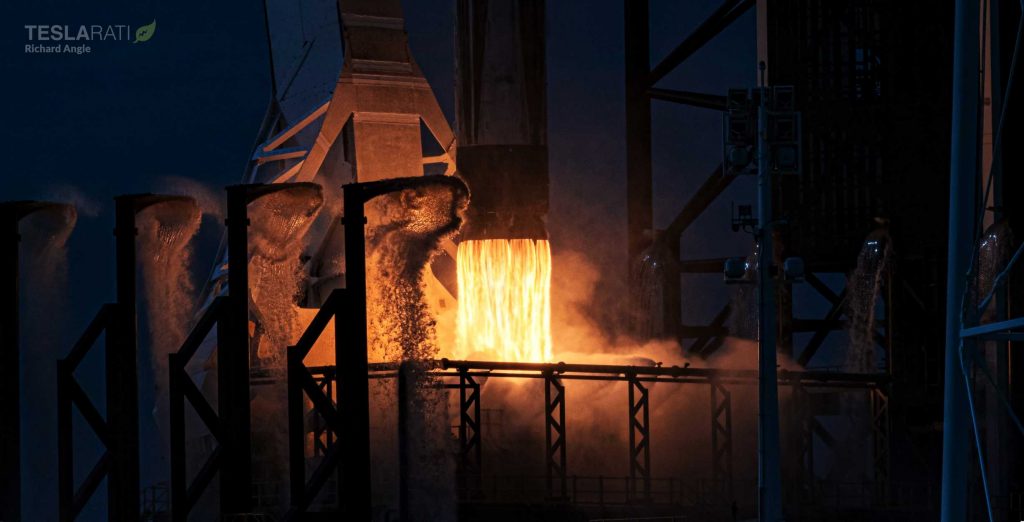
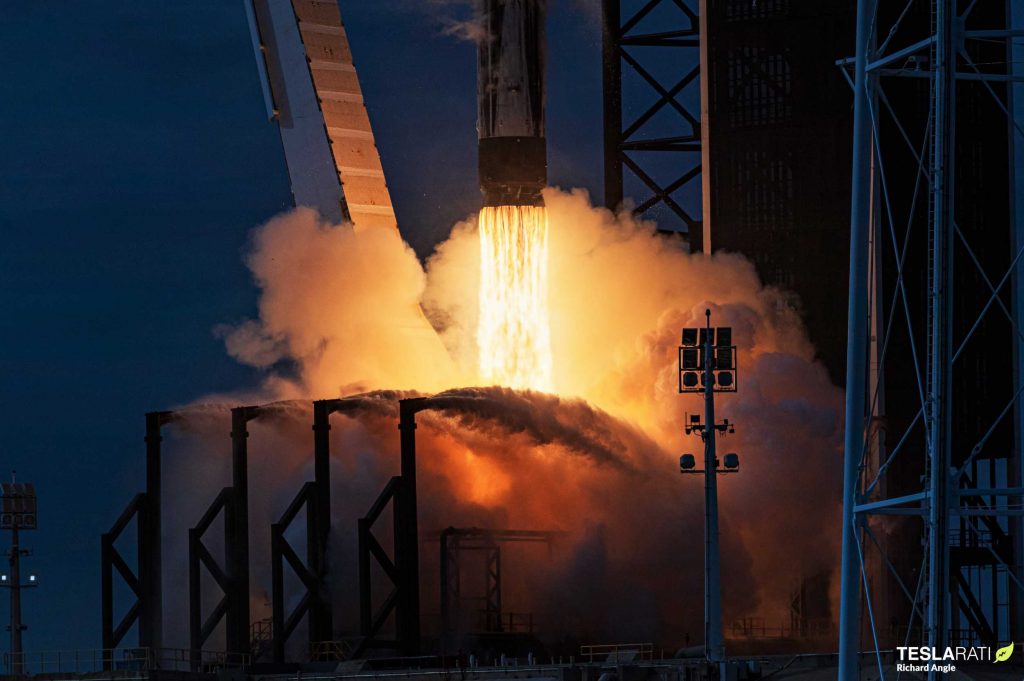
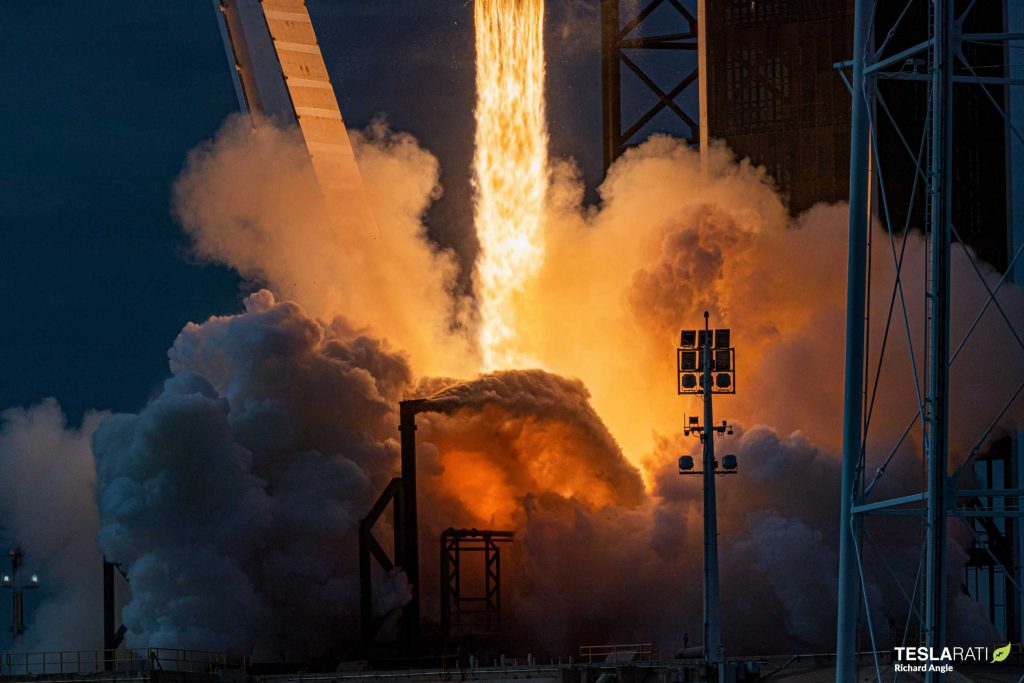
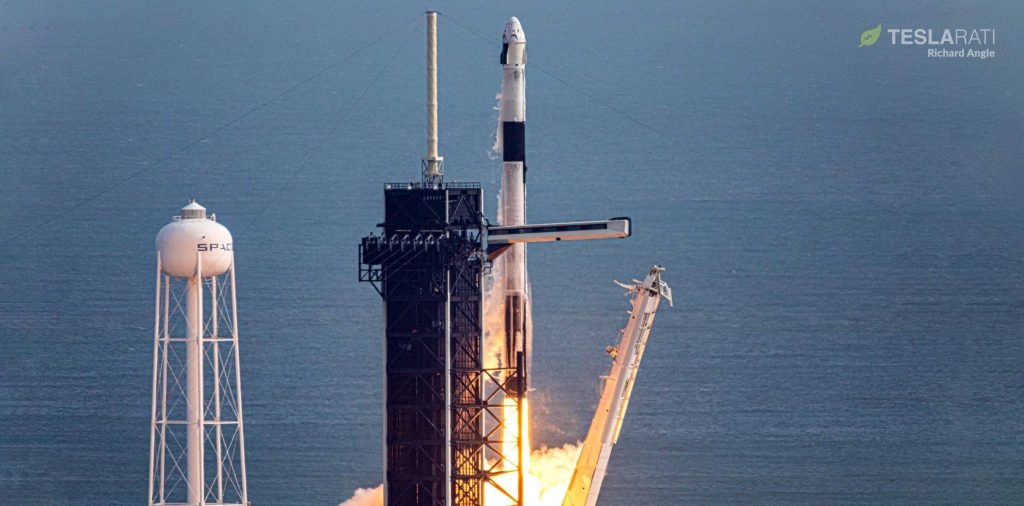
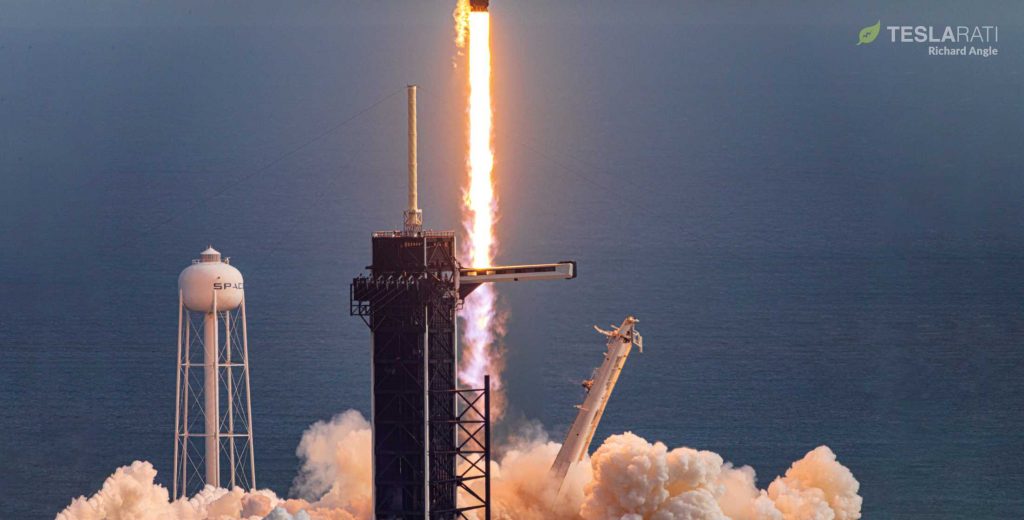
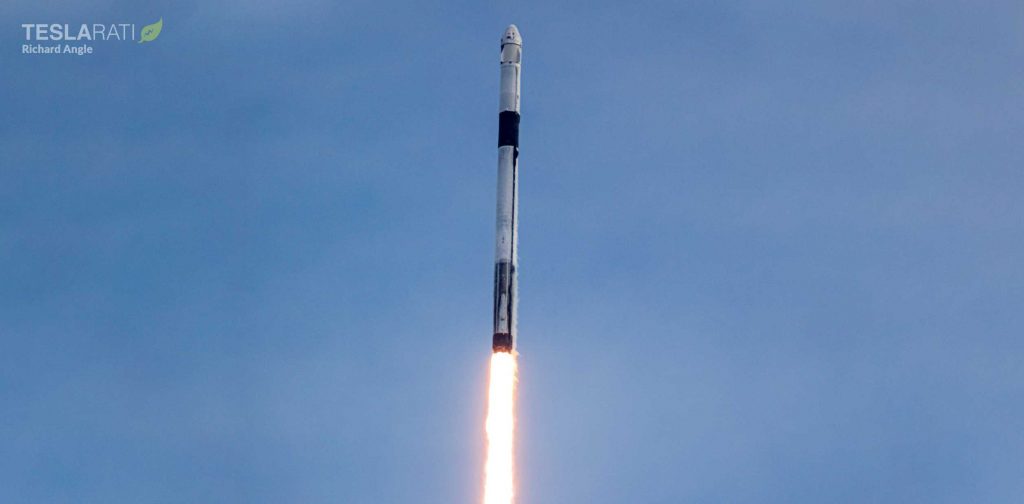
Around 85 seconds after liftoff, Falcon 9 B1046 shut off its Merlin 1D engines at the same time as Crew Dragon C205 ignited eight SuperDraco engines, briskly carrying the spacecraft several thousand feet away in just a handful of seconds. Now fully uncontrolled and rudely interrupted to a supersonic wall of air, B1046 found itself bent and contorted in ways – and under loads – it simply was not designed to survive. Seconds later, the booster’s pressurized propellant tanks were breached, releasing a rapidly dispersing cloud of fuel and oxidizer that almost instantly ignited, creating a fireball the size of several city blocks.
All things considered, not a bad way to go for a well-worn rocket.
Check out Teslarati’s newsletters for prompt updates, on-the-ground perspectives, and unique glimpses of SpaceX’s rocket launch and recovery processes.

(adsbygoogle = window.adsbygoogle || []).push({});
<!–
–>
var disqus_shortname = «teslarati»;
var disqus_title = «SpaceX’s first ever Block 5 booster gives one last hurrah, in photos»;
var disqus_url = «https://www.teslarati.com/spacex-falcon-9-block-5-booster-one-last-hurrah/»;
var disqus_identifier = «teslarati-127335»;

